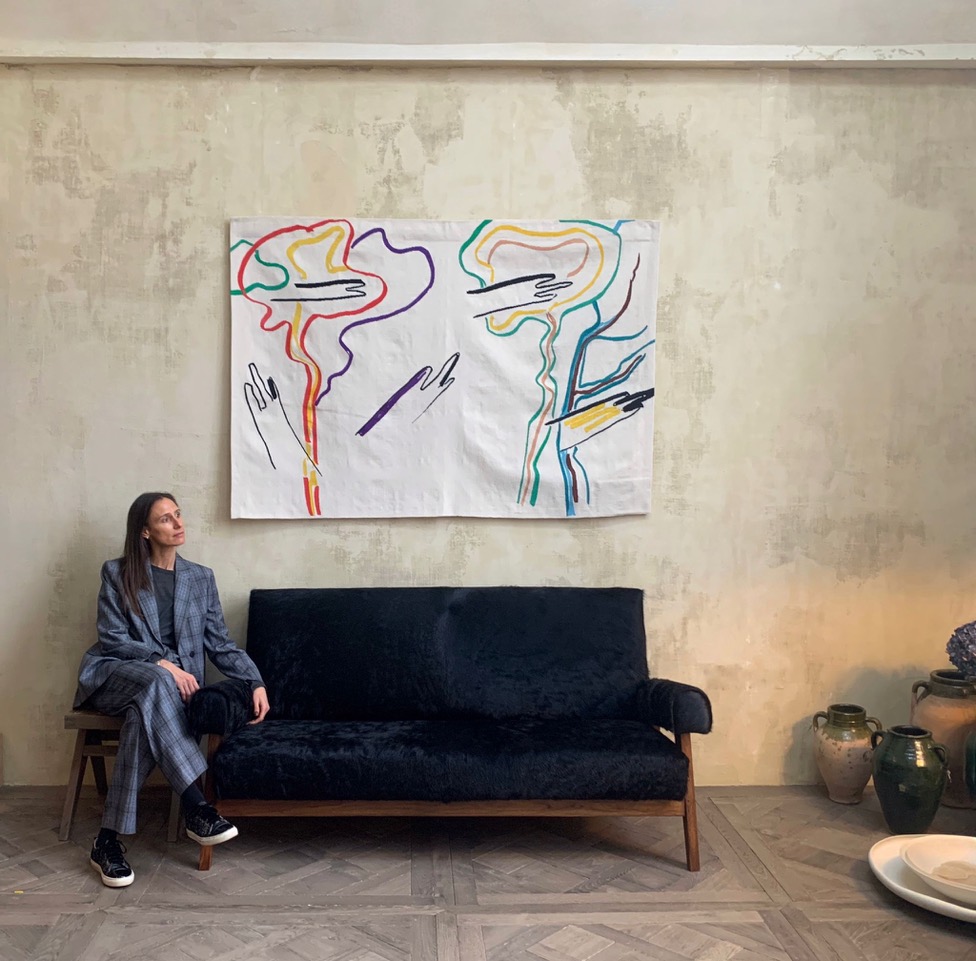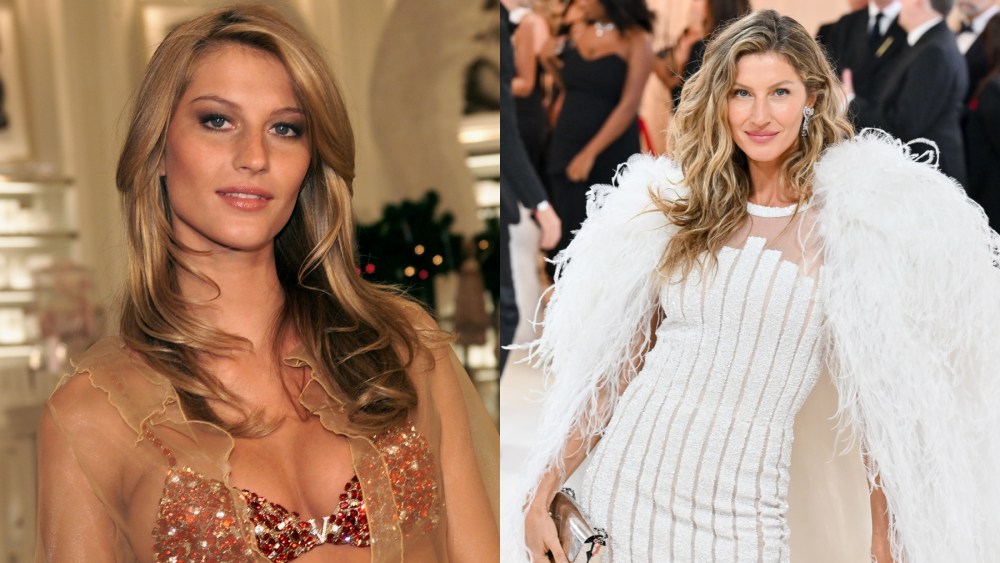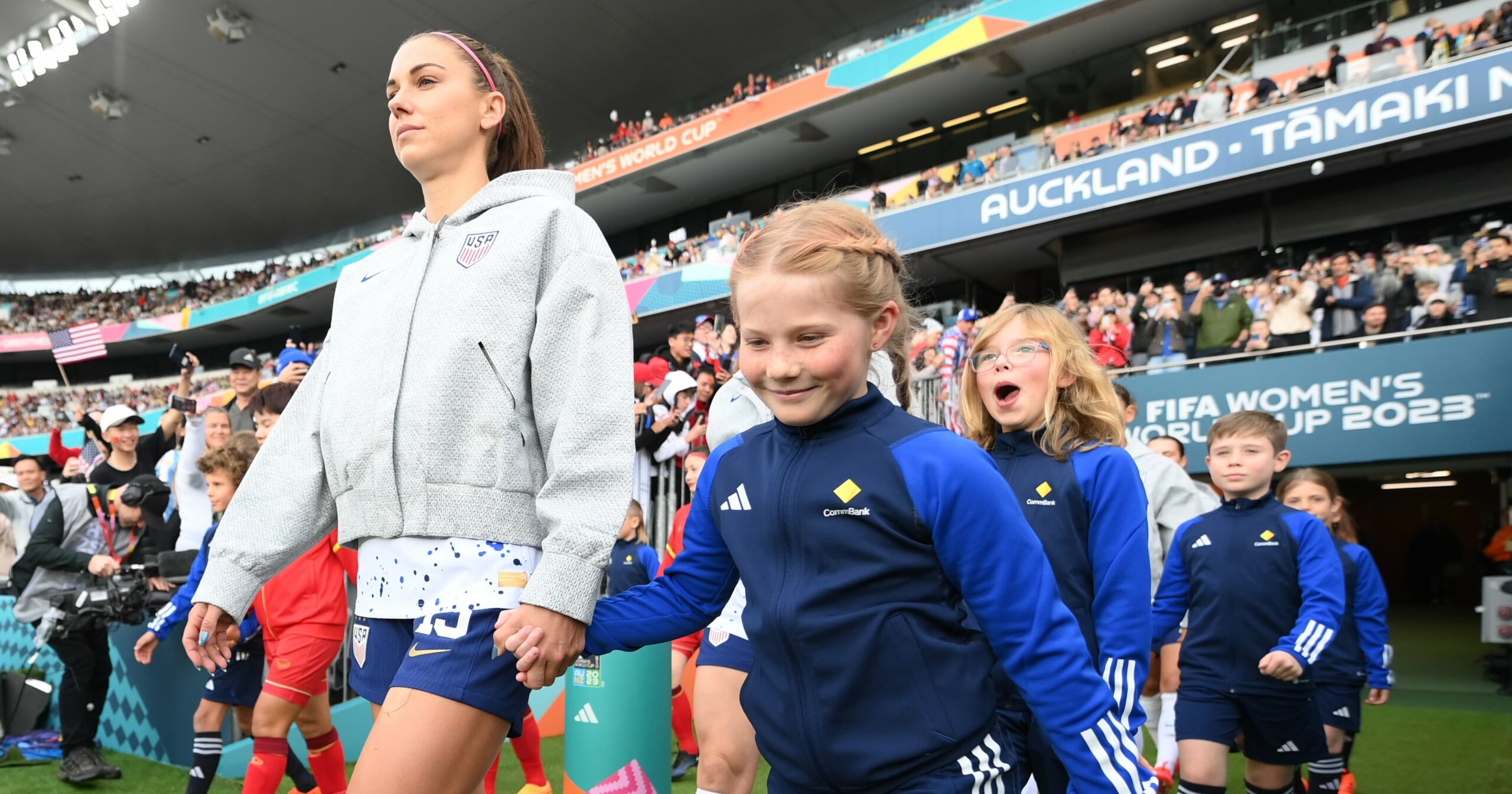LONDON — It’s a golden moment for 20th century female artists, and one that Arianne Piper had been anticipating for a while.
Piper says she could sense a wave of interest building in previously “overlooked and undervalued” female artists even five years ago, and it’s only gaining strength.
To wit, galleries taking part in Frieze and Frieze Masters over this past week have been showcasing a variety of works by female Abstract Expressionist artists such as Ethel Schwabacher and Anna-Eva Bergman.
Works by Joan Semmel, whose art revolves around the female body, are also on show, as are monumental bronze sculptures by 81-year-old Lynda Benglis, who collaborated with Jonathan Anderson on the latest Loewe show.
Alison Jacques inaugurated her Cork Street gallery in Mayfair last week with “Infinite Potential,” a show by the 89-year-old Sheila Hicks, whose works only started getting noticed in the art world a little over a decade ago.
Meanwhile, Frieze Masters is dedicating a whole section to overlooked artists who worked from 1880 to 1980 in an exhibition titled “Modern Women.” It includes Faith Ringgold, Lisetta Carmi and Ethel Walker, Anna Eva Bergman, Kanja Jung and others.

Piper, a consultant who navigates the increasingly crowded and opaque art market, makes it her business to divine trends and then buy on behalf of private clients who are building collections, decorating spaces, or eager to learn and engage with the contemporary art world.
Prior to founding Arianne Piper Art Advisory, Piper worked at Sotheby’s, UBS Wealth Management, the Dresden State Art Collections, and with Lord Rothschild. She holds a master’s of art degree with distinction in contemporary art from The Courtauld Institute of Art in London.
Over the past decades she’s seen a lot of trends come and go, and right now believes that “it’s a big moment for abstraction, especially with young artists. Until a couple of years ago, it was really about figurative painting,” she says.

Piper and her team tune in early to the trends, reading, researching and connecting the dots between museum shows, gallery openings, and other public moments that could point to upcoming movements in a fast-growing market.
According to industry statistics, sales in the global art market have risen more than 70 percent over the past 13 years to $67.8 billion as the number of fairs, and collectors, has grown.
Piper and her team also look at their own blind spots and at artists whose work was eclipsed by their partner’s fame or because they stopped work to raise families, or to promote their husband’s careers, as the Abstract Expressionist painter Lee Krasner did with Jackson Pollock.
Bergman, for example, was one of the most famous artists after Edvard Munch in Norway, but she was the wife of the German-French abstract painter Hans Hartung.
“No one knows her here because Hartung was so important. We bought [Bergman’s] work a long time ago because we felt that she was about to get a lot of exposure. She was such an important part of the abstract movement,” says Piper.

Piper and her team took lockdown as an opportunity to double down on their research and think even harder about the direction of the market for female artists. “We took a hard look at what was going on, asked ourselves ‘What should we be looking at?’ ‘Are there going to be opportunities?’ ‘Is everything going to stop – or speed up?’” says Piper.
Asked why there’s such a surge in interest for female artists born in the early 20th century, Piper says there are more female collectors around and they’re connecting with the art on a visceral level.
Until recently there were very few female collectors, “but women have started to work, they have their own income. Maybe they’re choosing not to confer with their partner about how they spend that money. They’re becoming collectors, and they’re looking for artists they can relate to,” she says.
She points to the works of Tracey Emin and Alice Neel, both of whom look at themes such as sex, aging and motherhood from a female point of view.

“Their work speaks to a female audience. A lot of [male] collectors from another generation may not have had the taste for it. Suddenly, these artists have a new audience,” says Piper.
During an interview, she also talks about the shift from figurative to abstract painting, and why it’s happening.
At the Courtauld Piper studied art that was being made straight after World War II, and says the big question then was always how one creates art after traumatic events.
“Either you talk about it in a cathartic way, which some artists did — or you go abstract. And maybe this is what’s happening now. Look [at Israel last weekend], and what’s happening in Ukraine. The world is a troubled place, and abstraction is [an] emotional, rather than descriptive” way of responding.
These are just some of the conversations that Piper is having — and will be having — with clients at Frieze, Frieze Masters and, later this week, at the new Paris+ par Art Basel fair.
While Piper is proud to do the heavy lifting for clients, some of whom have been on her books for years, she also likes the idea of educating and empowering them.
“We try to get people to gain confidence in their tastes, to identify what they really like. I hope that my existing clients feel that they’ve evolved, and some certainly keep me on my toes, sending me images and messages — ‘Have you seen this?’ or ‘What do you think of that?’” says Piper, who’s happy to take them on the journey.




